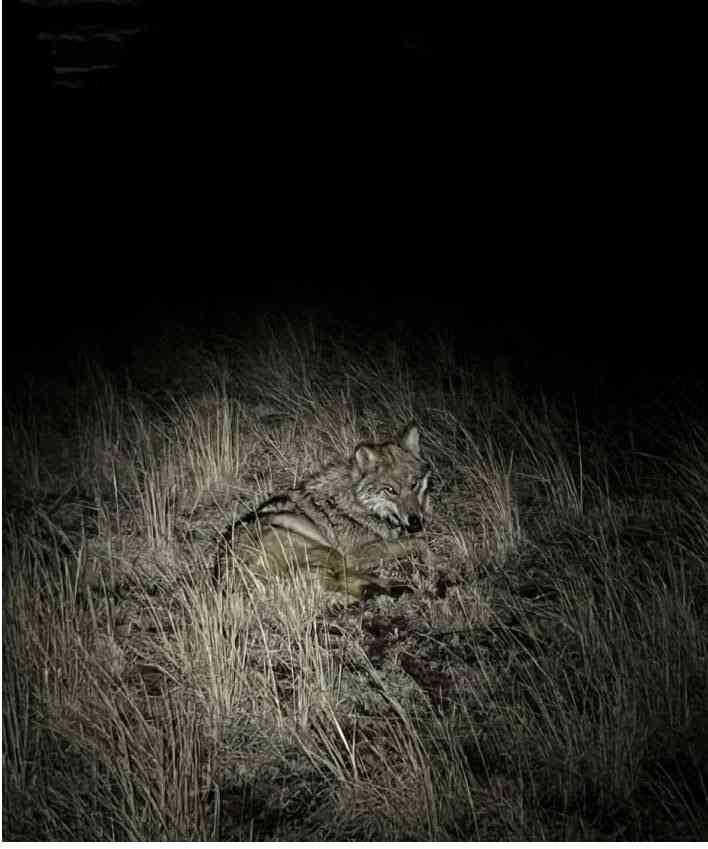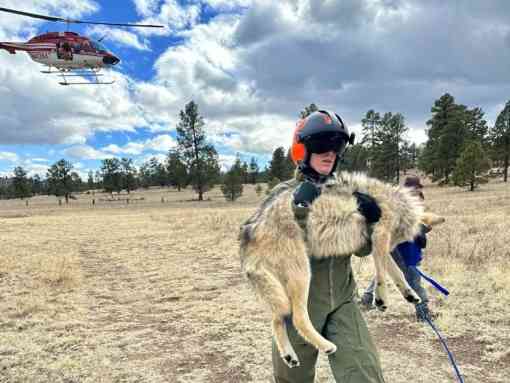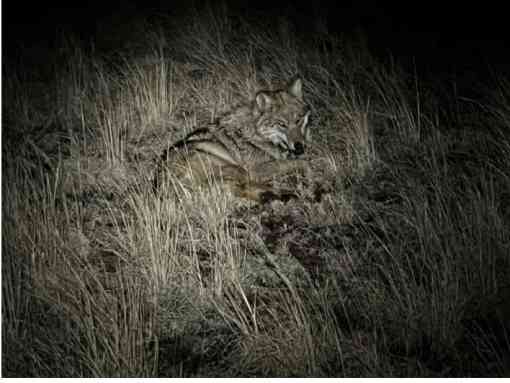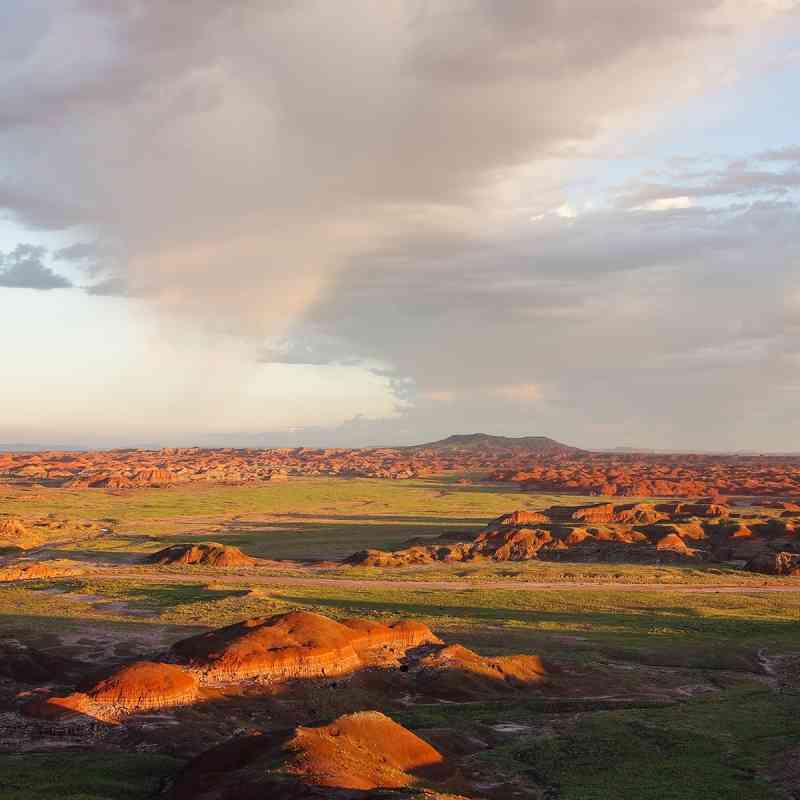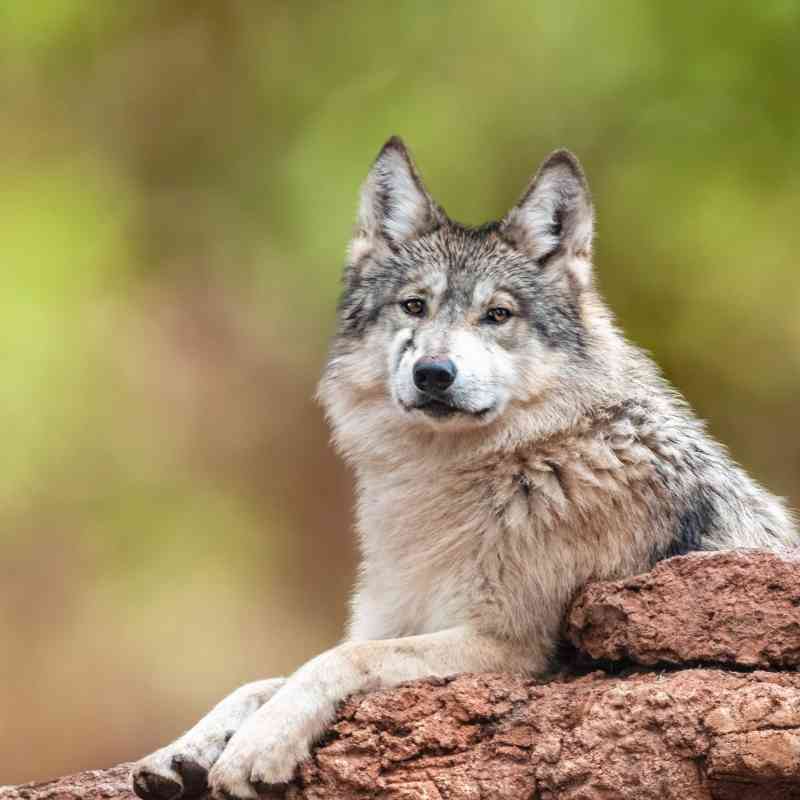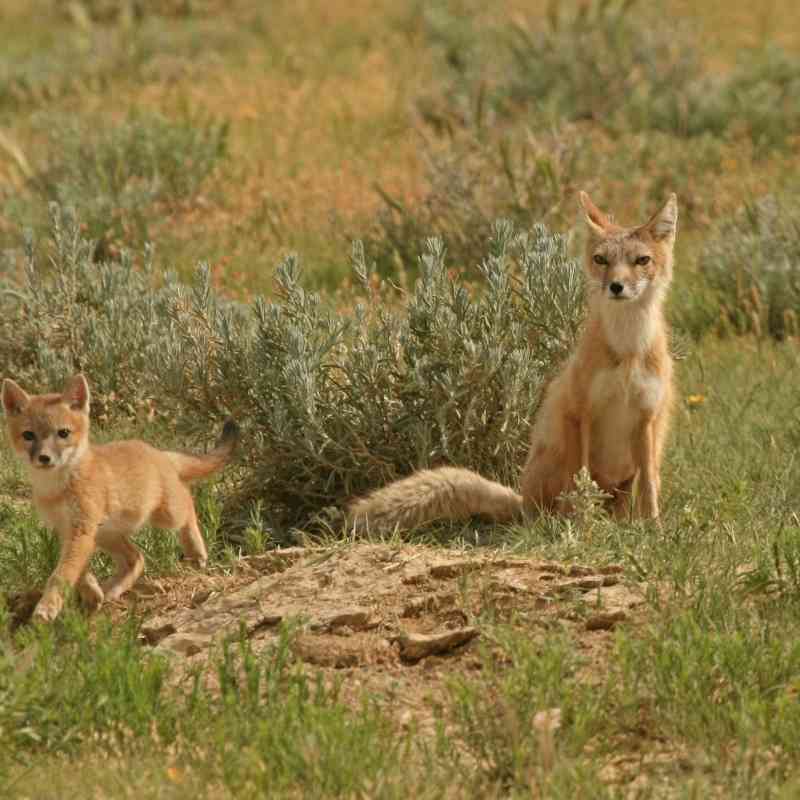“I’ve heard it said that some Native American peoples
once saw the wolf as teacher. Armed with all my new knowledge
and skills from the last month of training, I cannot wait to get out into the field and see what all the wolves will teach me.” - Elizabeth Tsourakis
Wildlife in nature is magical. At Defenders of Wildlife, people often reminisce with us about the first time they saw a creature in the wild and how it sparked a deep passion for nature. It’s a feeling that never leaves you, even for those who help manage and conserve native species.
This Lobo Week, which runs from March 24-30, we celebrate the young conservationists supporting at least 60 wolf packs alongside the Mexican Gray Wolf Interagency Field Team.
The wildlife technicians are sponsored through a collaborative effort with Defenders of Wildlife, Arizona Game and Fish Department and the U.S. Fish and Wildlife Service which is designed for college students and recent graduates pursuing careers in conservation. The program allows hands-on experience and provides vital field support to the agencies helping to increase wolf monitoring, security, conflict-prevention and survival.
As the Mexican gray wolf population has increased steadily for nearly a decade, landowners are also increasing their awareness of how to share the landscape, which includes non-lethal deterrents to avoid wolf conflicts — successes that can be directly linked to the wolf technician program.
We invite you to enjoy field notes from six young wildlife technicians working with Mexican gray wolves, or lobos, who exemplify the long-lasting awe wolves and wild places inspire in all of us.
A Day in the Life of a Wolf Technician
“Once again, the wolves outsmarted me” - Jennifer Gedart
Every day, wolf technicians face isolated wilderness, harsh weather and a clever canid that keeps them endlessly tracking. Some of their work includes triangulating pack movements and helping landowners employ tactics that deter wolves from predation of livestock.
Technicians spend countless hours monitoring land and safely encouraging these apex predators away from potential harm. It is tiring, tedious work, but it is critical to the mission to restore the species.
“It is calving season, so I have had to remain vigilant at all times to protect the herds from any nuisance behavior. I also have been able to meet and form good relationships with some of the producers and really enjoy getting to know them and listening to their thoughts. I hope my efforts have been making a positive impact on their herds. The long days are definitely worth it." - Cameron Barnes
The Mexican gray wolf count is an annual activity the technicians help to carry out. On the ground, techs carefully track packs for hours with the hope of counting as many pack members as possible before one of the wolves catches their scent. In the air, technicians aid helicopter counts and airplane scouting journeys that span the rugged mountains of eastern Arizona and western New Mexico.
In 2023, the number of Mexican gray wolves increased again for the eighth consecutive year. There is a minimum of 257 wolves in the wild in Arizona and New Mexico — a record for the reintroduction effort.
As the wild population grows within the management area, however, it becomes harder to address the subspecies’ lacking genetic diversity. When a population has low genetic diversity, it makes it increasingly difficult for species to adapt to a changing environment. This includes fighting against emerging diseases. To help them, wild lobos receive routine health checks and vaccinations. These checks are often the first moments wildlife technicians handle these animals.
“My supervisor, Allison, is stepping out with the wolf known as 2774 in her arms. I’m running to her truck to grab vaccines, fluids and vials for blood. I’m holding back tears. I’ve never seen a wolf this close before and I’m struck by its beauty . . . I’m watching my hands vaccinate an endangered wolf. My brain can’t believe what it’s seeing, but I’m doing it. And then it’s done.” - Elizabeth Tsourakis
Thank You
Defenders is so grateful to the technicians for their spectacular work supporting the Mexican gray wolf recovery program in the Southwest. The compassion they show for the animals is second to none and they conduct themselves with professionalism and poise under pressure.
Under the full Wolf Moon in January, technician Haylee Pearce was on a team responsible for returning a pup from the Beaver Point pack to the wild after it had received vaccinations and a radio-collar. She wrote of her responsibilities and sense that she was doing right in the world:
“The weight of my position hit me in that moment; that I was responsible for
this life in front of me. That she is a part of a bigger picture, a future for a critically
endangered species. That I am also a part of something bigger than myself, fighting for that same future.”
So as not to disturb the rest of the pack, as well as allow the pup’s sedation to wear off without issue, Pearce’s team had to strategically return the pup to the area where it had been picked up. They chose a quiet meadow and released the pup between juniper trees. As they were leaving, Pearce felt an ominous flush of worry and guilt as a lone howl rang through the night somewhere out on the horizon.
In the morning, Pearce checked the newly collared pup in her field maps wanting to make sure that she was alive; what she found was even better.
“The Beaver Point alpha female’s GPS points [placed] her at the release location within a couple of hours of us leaving. I immediately burst into tears; overwhelmed with emotion. This pup’s momma came to the rescue after the possible worst day her daughter ever had. That lone howl we heard far off in the distance was a mom looking for her missing pup, searching endlessly.”
The experience underscored for Pearce just how much the Mexican gray wolf belongs in its natural landscape.
“And maybe I do too, fighting for their protection.”
comments
Wildlife & Wild Places

